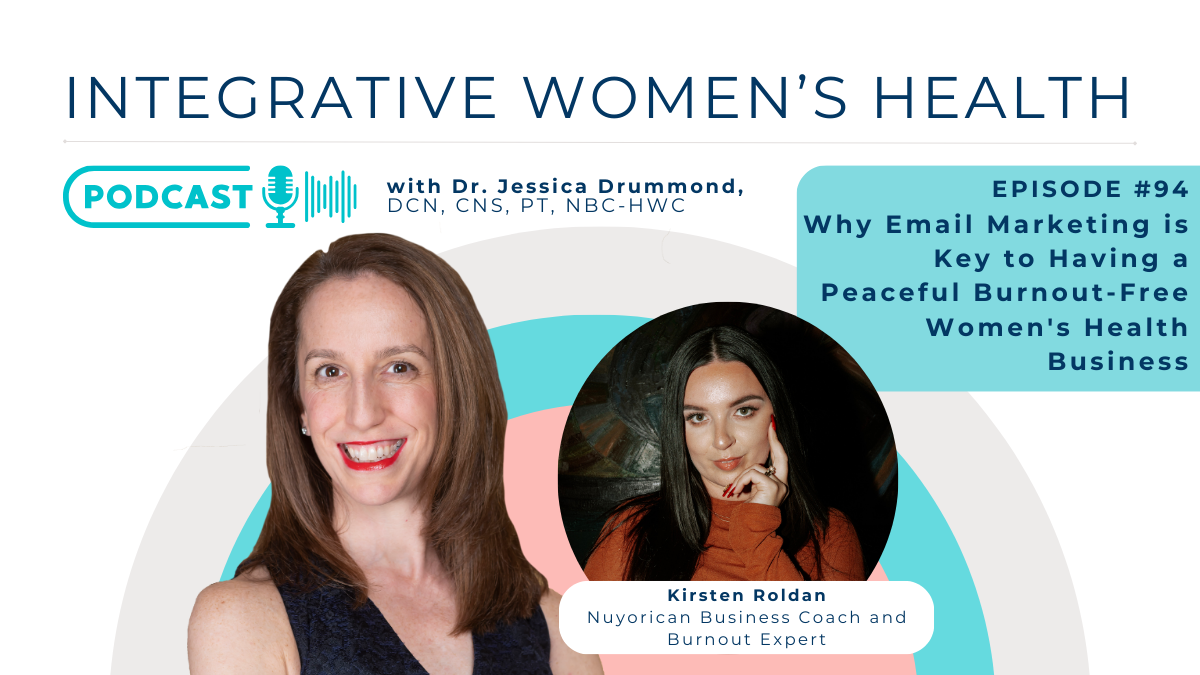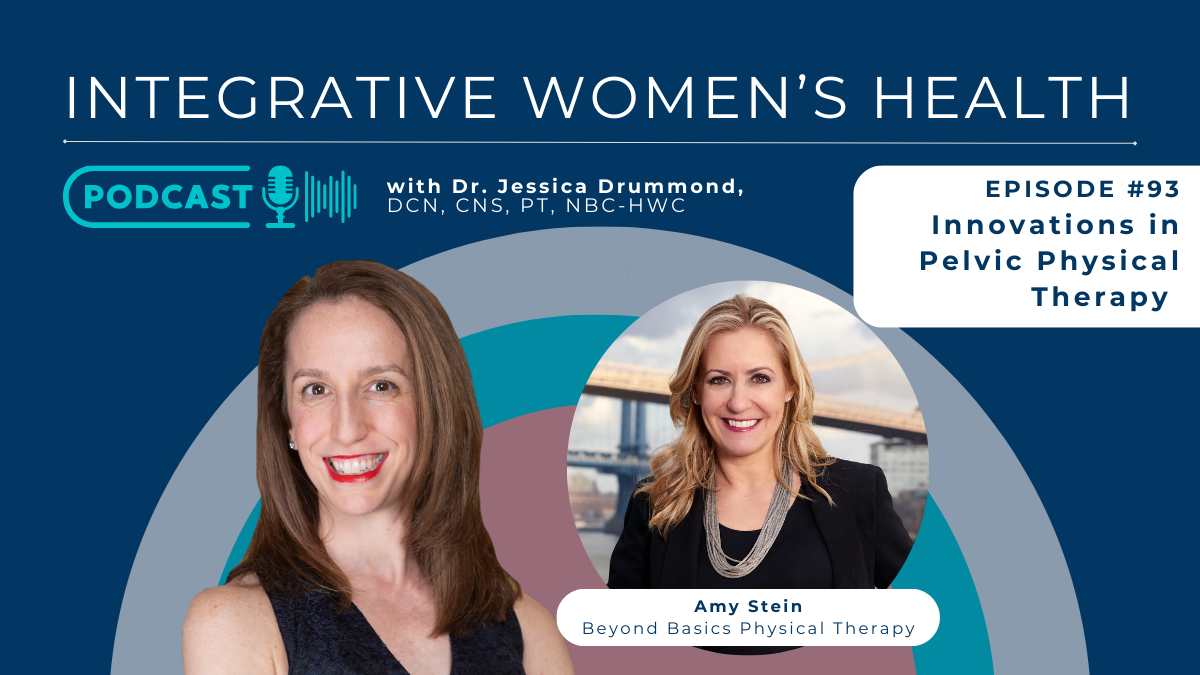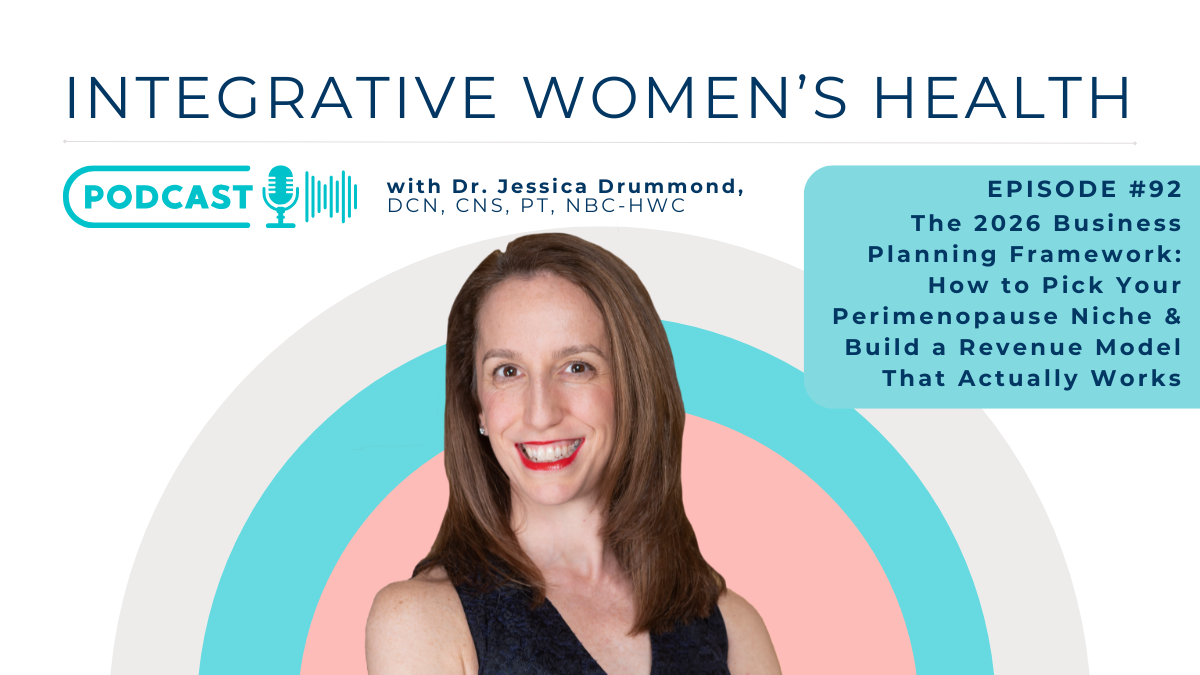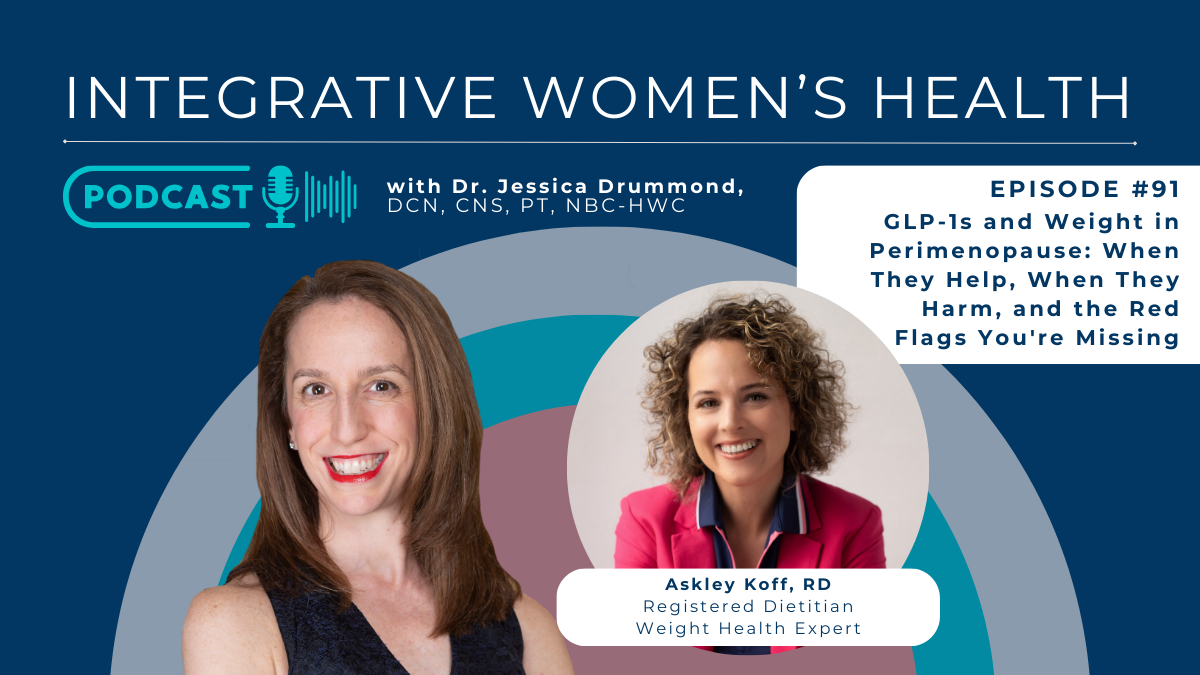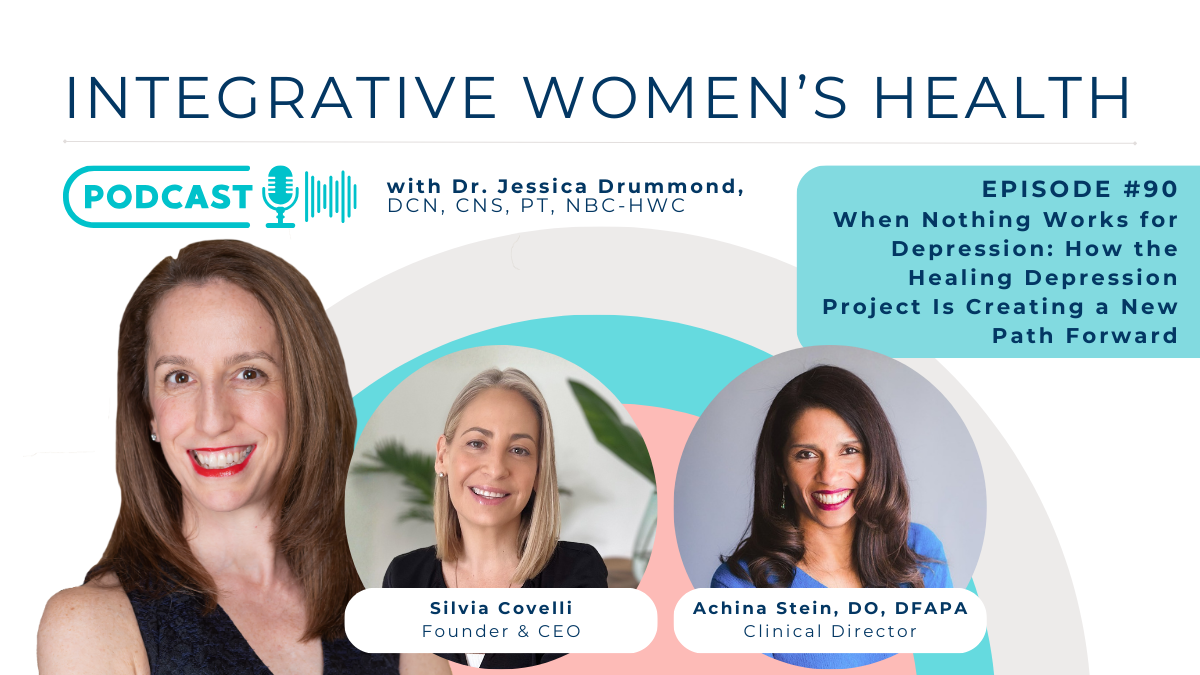Vulvovaginal Atrophy is Common
Vaginal dryness and vulvovaginal atrophy is a common problem for women. In the United States alone, 32 million women suffer from vulvovaginal atrophy in perimenopause and post-menopause.
The symptoms associated with vulvovaginal atrophy include dyspareunia (pain during sexual intercourse), vaginal dryness, itching, irritation, burning, and painful urination. In perimenopause and menopause, vulvovaginal atrophy and dryness are primarily related to the decline in estrogen.
With estrogen deficiency, profound changes occur in the vagina. The vaginal mucosa becomes thin and can lose flexibility. With less estrogen available to the vulvovaginal tissues, blood flow decreases, normal vaginal discharge is reduced, and maturation of vulvar epithelial cells reduces.
In the postpartum period, there are a variety of causes of sexual pain, including obstetric trauma, such as vaginal tears, episiotomy, and damage to the pelvic floor muscles.
Like in perimenopause and menopause, in the postpartum period there is also a short-term reduction of estrogen that naturally continues through the completion of breastfeeding. The recovery of estrogen levels to pre-pregnancy levels often takes a few months even after breastfeeding has ceased.
Postpartum dyspareunia is common. It is estimated that 50-60% of women have dyspareunia for 6 to 7 weeks following delivery, and 33% and 17% will still report pain during intercourse three and six months after delivery, respectively.
Some postpartum painful sex is directly related to the impacts of postpartum vulvovaginal atrophy and dryness.
The reporting of vulvovaginal dryness and atrophy varies across the world from a minimum of 5.8% in Italy to a maximum of 19.7% in Brazil.
The proportion of women with self-reported vaginal dryness who found it very bothersome varied as well. For example, only 5.6% of women found it bothersome in the UK as compared with 26.4% of German women.
Taking a holistic approach to vulvovaginal atrophy addresses the local vulvovaginal tissue atrophy, dryness, and irritation, and aims to optimize normal estrogen levels and metabolism in context of the stage of life that the woman is in, such as during the postpartum period or menopause.
Vulvar Symptoms and Cancer
Vulvar cancer is rare. Only 0.7 per 100,000 women in the US are diagnosed with vulvar cancer annually based on 2014 data. But, it’s important to have a level of suspicion for vulvar cancer for women who present with vulvovaginal atrophy because the symptoms are similar.
Risk Factors for Vulvar Cancer
- Medical history of human papillomavirus (HPV)
- A history of autoimmune disease.
- Medical history of precancerous vulvar conditions.
- History of vulvar skin conditions, including vulvovaginal atrophy or lichen sclerosus.
- A history of cervical pre-cancer or cervical cancer.
- Smoking
- Over age 65
- A history of chronic vulvar itching or burning.
- Vulvar growths or sores.
Solutions for Vulvovaginal Atrophy
Nutrition
Low estrogen levels can be supported nutritionally with foods that naturally increase estrogen and provide the fatty acids needed to build healthy hormone levels.
- Flaxseeds
- Healthy fats such as nut butter, coconut oil, olive oil, and avocado
- Maca
Get our tasty estrogen-supporting smoothie recipes here:
Vulvar Moisturizers
Once the skin has healed postpartum, and for all women in perimenopause and menopause (generally age 35 and older), daily use of vulvar moisturizer is as nourishing and important as the use of a daily facial moisturizer.
My favorite is Rosebud Woman Honor. This moisturizing balm uses the highest quality ingredients and the company is thoughtful about the impact of its processes and packaging on the environment.
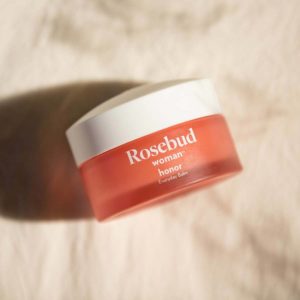
Using this balm as a daily or nightly ritual supports a physical and emotional connection to our femininity.
It’s nourishing to the delicate vulvar tissues. Plus, it works exceptionally well as a lubricant for sexual activity, even on more fragile tissues. Ideally, during sex, it would be used with gentle vulvar massage to stimulate natural lubrication in addition to the moisture provided by the balm.
For women with low DHEA, post-hysterectomy, post-cancer (check with your oncologist before using if your cancer was hormonally mediated), and even in some cases of vulvodynia, Julva cream is a great option. Julva goes beyond simply moisturizing, it also contains DHEA and herbs to support local vulvar tissue hormone balance. Clinically, this is the cream that I recommend for women to use with more serious cases of vulvar atrophy, painful sex, low libido, or lack of orgasm sensation.
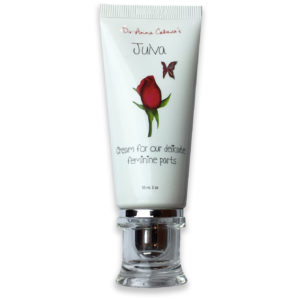
Using both together is beneficial because they each care for the delicate vulvar tissues in different ways. Both can be used daily, or just for lubrication and tissue nourishment during sex.
References:
https://www.cdc.gov/cancer/knowledge/provider-education/vaginal-vulvar/epidemiology.htm
Leiblum, SR, Hayes, RD, Wanser, RA, & Nelson, JS (2009) Vaginal dryness: a comparison of prevalence and interventions in 11 countries, J Sex Med, 6(9):2425-33. doi: 10.1111/j.1743-6109.2009.01369.x.
www.sgo.org/patients-caregivers-survivors/caregivers/vulvar-cancer-risk-factors/
Wysocki, S, Kingsberg, S, & Krychman, M. (2014) Management of Vaginal Atrophy: Implications from the REVIVE Survey, Clin Med Insights Reprod Health, 8: 23–30, doi: 10.4137/CMRH.S14498

